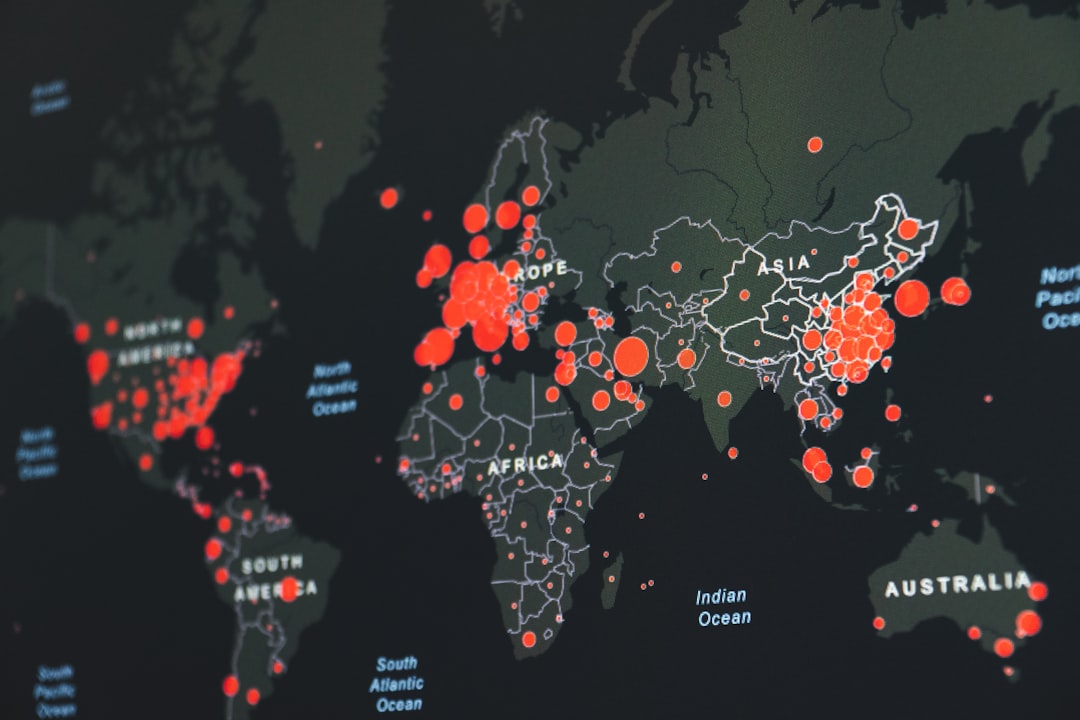What is it about?
Vehicle traffic in a city is determined by the decisions of many drivers who choose which road to take when going from their origin to their destination. These decisions are strategic since each driver takes into account the other drivers’ choices and is affected by them. Moreover, these decisions have consequences that spread dynamically on the road network. In “Dynamic Atomic Congestion Games with Seasonal Flows” M. Scarsini, M. Schröder, and T. Tomala model traffic congestion as a sequential game and measure the inefficiency that the selfish behavior of drivers causes to the system. To do this they use some standard inefficiency measures, like the price of anarchy or the price of stability. They show that their dynamic model substantially differs from the more common static versions and that inefficiency is typically caused by the selfish behavior of the first drivers.
Featured Image
Read the Original
This page is a summary of: Dynamic Atomic Congestion Games with Seasonal Flows, Operations Research, February 2018, INFORMS,
DOI: 10.1287/opre.2017.1683.
You can read the full text:
Contributors
The following have contributed to this page










